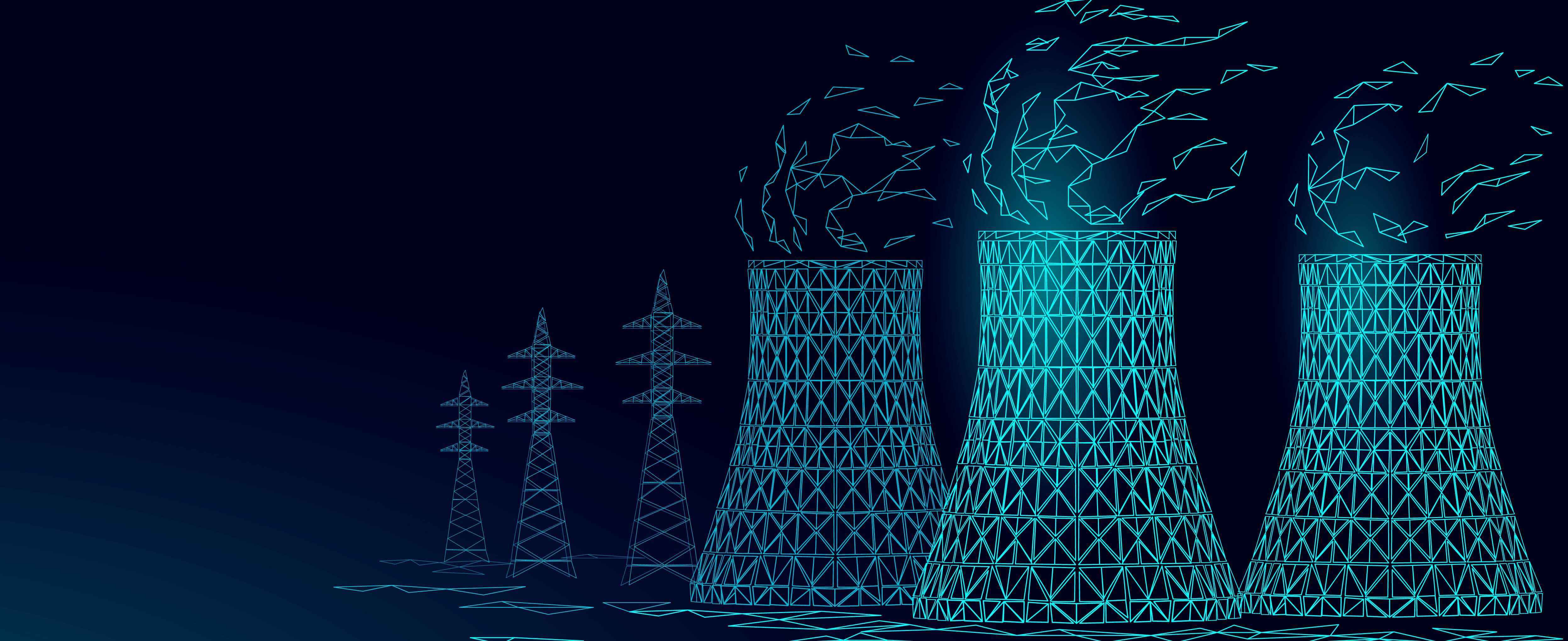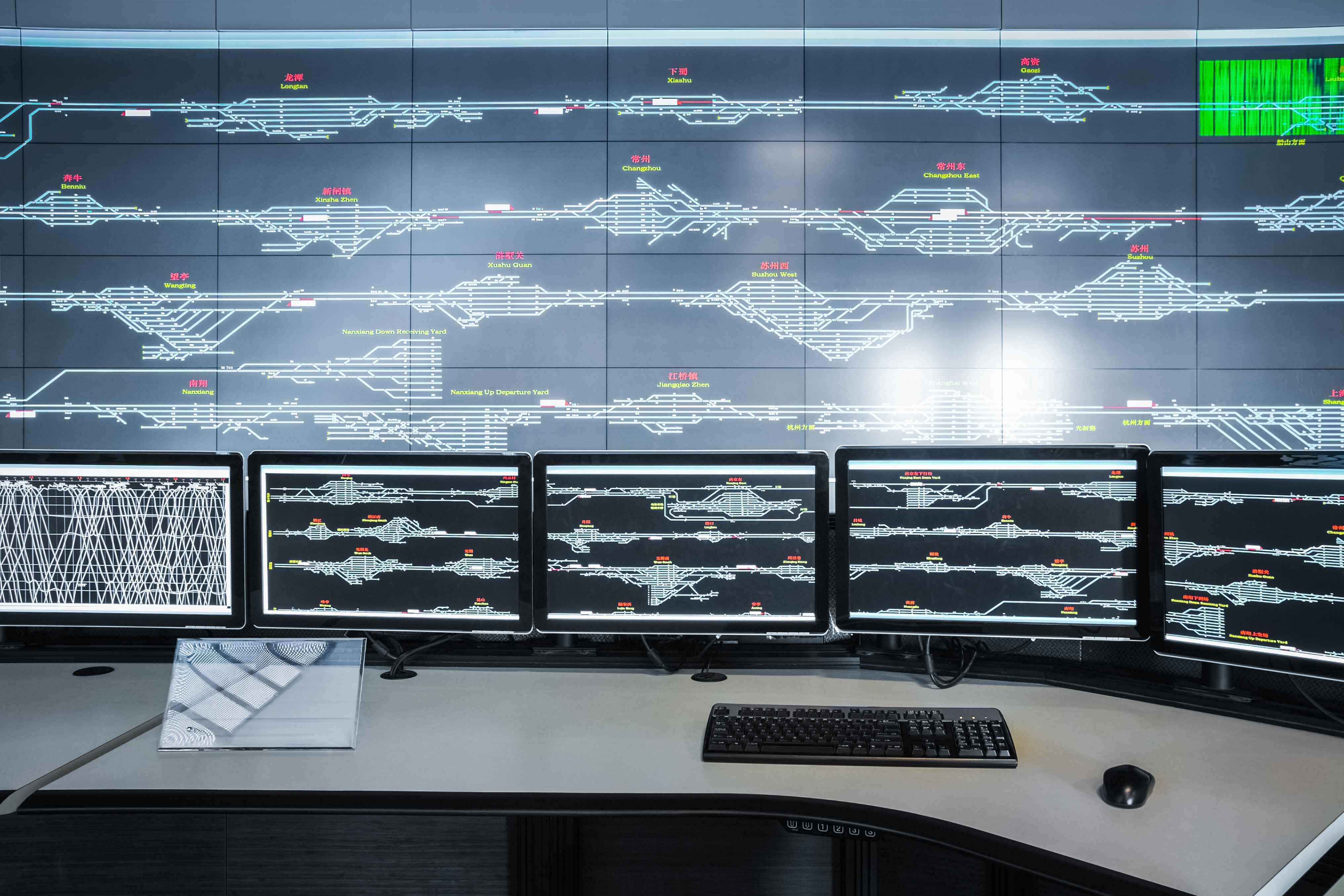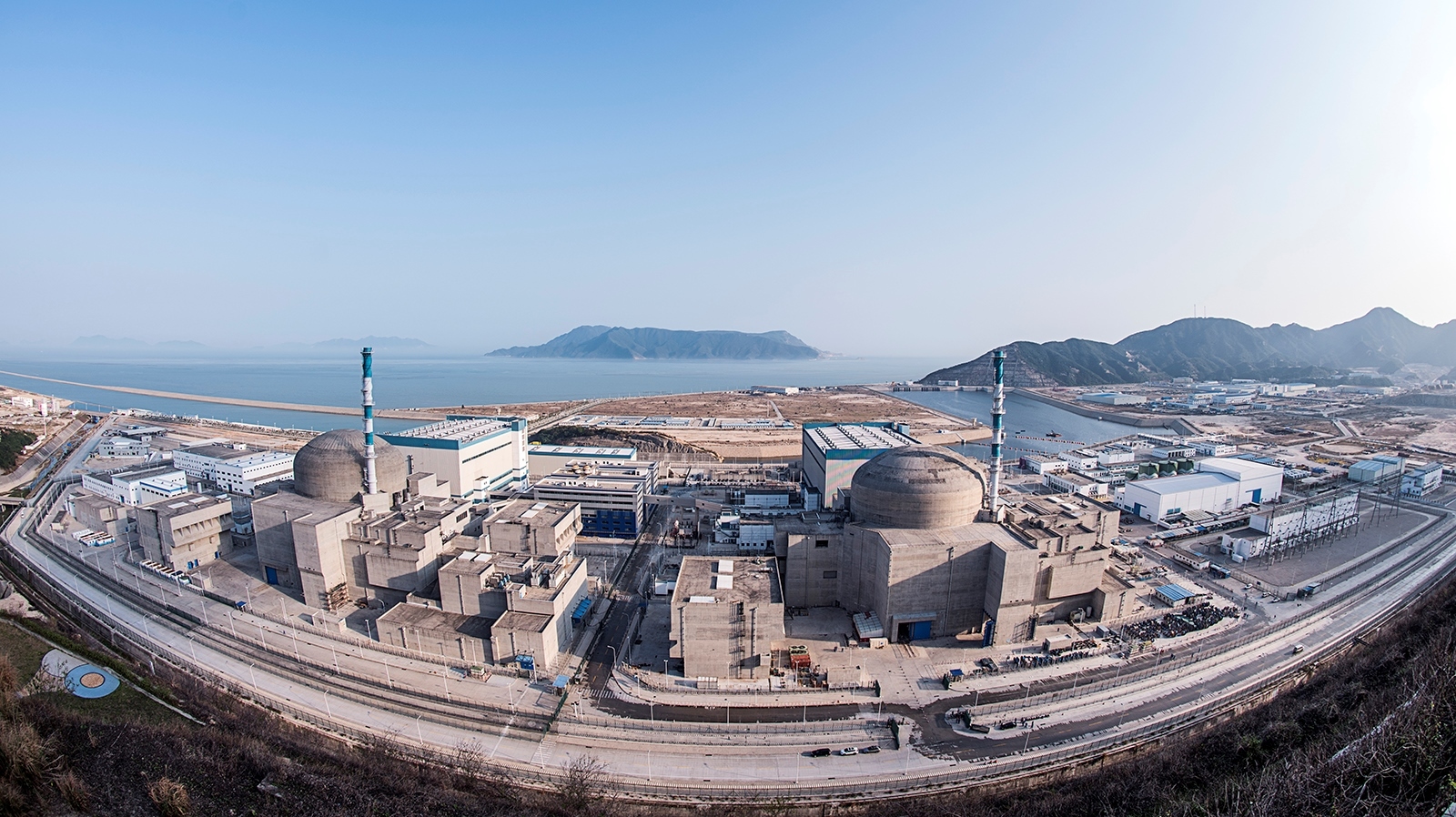Get in Touch
General
(508) 921-4600
Email Sales
Email Support
UEI Europe Office
+49 40 63698136
Email EU Sales
Visit this page for local offices and distributors.
NUCLEAR POWER INSTRUMENTATION & CONTROL
DAQ, TEST, AND SIMULATION

Data acquisition (DAQ), test, and control products play a pivotal role in ensuring the safe operation of nuclear power plants. These sophisticated systems are designed to monitor, collect, and analyze vast amounts of data from various sensors and instruments throughout the facility. By continuously gathering data on parameters such as temperature, pressure, radiation levels, and equipment performance, these products enable operators to maintain a real-time overview of the plant's condition. This data is crucial for early detection of anomalies or deviations from normal operation, allowing for prompt corrective actions. Additionally, test and control systems facilitate the simulation and testing of critical processes, helping plant operators optimize their procedures and improve overall safety.
NUCLEAR POWER PLANT SIMULATION
It is crucial to have nuclear power plant simulation hardware and conduct comprehensive tests before a station goes online to ensure the safety and reliability of nuclear energy production. Nuclear power plants are inherently complex and operate under strict safety protocols, making any unforeseen issues or accidents potentially catastrophic. Simulations allow operators and engineers to replicate various scenarios, including normal operations, equipment failures, and emergency situations, in a controlled environment. By doing so, they can assess the plant's response, test safety systems, and fine-tune operational procedures without putting the actual plant at risk.

These simulations help identify vulnerabilities, optimize safety measures, and train personnel to respond effectively to any contingencies, ultimately ensuring that the nuclear power plant operates safely and efficiently when it becomes operational. In this way, simulation hardware and rigorous testing serve as indispensable tools in safeguarding not only the plant itself but also the surrounding environment and communities.
TYPES OF SIMULATIONS
 | Full-Scope Reactor Simulators: These simulations provide a comprehensive representation of a nuclear power plant's control room and reactor systems, allowing operators to practice normal and emergency procedures in a realistic environment. |
|---|---|
 | Reactor Core Simulations: Focused on the behavior of the reactor core, these simulations help assess reactor performance under various conditions, including transient events, reactor startups, and shutdowns. |
 | Safety and Emergency Response Simulations: These simulations replicate emergency scenarios, such as loss of coolant accidents (LOCA) or core meltdown situations, enabling operators to train for and evaluate the effectiveness of safety systems and emergency response protocols. |
 | Radiation and Contamination Simulations: These simulations model the release and dispersion of radiation and contamination in the event of a nuclear accident, assisting in the development and evaluation of protective measures for both plant personnel and the public. |
 | Maintenance and Training Simulators: These simulators focus on training plant personnel in tasks like equipment maintenance, troubleshooting, and routine operations, helping to enhance operational efficiency and minimize downtime through effective training and skill development. |
Instrumentation and Control (I&C) Systems
I&C system programmable controllers’ server as the brains behind the plant's automation and safety functions. These controllers are specialized computer systems designed to monitor and control various processes and equipment within the plant. They continuously gather data from sensors throughout the facility, analyze it, and make real-time decisions to ensure safe and efficient operation.

I&C play a critical role in managing:
- Reactor power
- Coolant flow
- Emergency shutdowns
- Safety interlocks
- And more
Their redundancy and fail-safe features are meticulously engineered to withstand extreme conditions and minimize the risk of failures or errors. Overall, the use of I&C system programmable controllers enhances the safety and reliability of nuclear power plants by providing precise control, rapid response to anomalies, and the ability to implement safety measures automatically, all of which are vital for ensuring the secure and efficient generation of nuclear energy.
A Safety Instrumentation and Control (I&C) system in a nuclear power plant is a specialized and critical subsystem responsible for monitoring, controlling, and ensuring the safe operation of various safety-related functions within the plant. Its primary purpose is to prevent and mitigate accidents or incidents that could lead to the release of radioactive materials or compromise the integrity of the nuclear reactor.
Framatome Leveraging UEI for their I&C Testing Solution

Framatome, a global leader in the energy sector specializing in nuclear reactors and related services, partnered with United Electronic Industries (UEI) to address challenges related to their Safety I&C platform, TELEPERM XS. This platform, operational for over 20 years in numerous plants worldwide, needed upgrades to ensure long-term compatibility and support. Framatome sought versatile data acquisition (DAQ), simulation, and verification solutions that could replace multiple products while enhancing functionality and precision for testing.
Framatome used UEI I/O hardware to replace TELEPERM XS’s current generation maintenance system with a new diagnostic interface called the MPAT (Maintenance and Parametrization Tool). MPAT software seamlessly integrated with UEI's rugged and flexible chassis product lines, offering various application configurations and robust self-monitoring features for reliable system monitoring and testing. UEI engineers developed a secure I2C interface to meet Framatome's stringent parameterization requirements.

This collaboration unified and centralized TELEPERM XS's maintenance systems, resulting in reduced test equipment, fewer errors, shorter testing times, and protection against obsolescence. The upgraded system not only reduced development and management costs but also provided a more user-friendly interface, saving Framatome both time and money in development and maintenance efforts. The enhanced I&C maintenance system facilitated accurate testing of various TELEPERM XS measurements, such as neutron flux, reactor pressure, and temperature, ensuring continued operational integrity.
Framatome Application Story About UEIPAC
